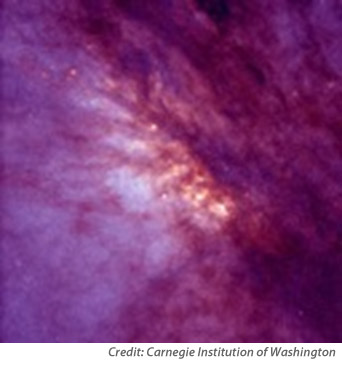What to look for in November 2018.
If you are lucky, you might get to see Jupiter and Mercury closely following the setting sun shortly after sundown on November 1. Saturn and Mars will still be visible in the evening skies for all of November. Pluto is between Mars and Saturn, but obviously hidden from view. Neptune and Uranus are between Mars and the eastern horizon.
November offers excellent views of the Morning Star, Venus! The month starts with Venus rising at 6:46 a.m. near the eastern horizon! Towards the end of the month, Venus will rise at about 3:40 a.m. and get as high as 30 degrees above the horizon before being obscured by the rising sun. With a visual magnitude of -4.2, only the moon and sun are brighter than Venus!
If you missed the Pleiades in October, you can still see it in November. Look for this very bright and easy-to-see cluster of stars about 30 degrees above the eastern horizon at sundown on November 1. Most people will see a group of 5 or 6 stars, but if you have good eyes and a clear night, you might spot 7 or 8 stars. If you look at the group through a pair of binoculars or a small telescope, you will see that many of the stars are surrounded by beautiful, blue reflection nebula!
At about 10 p.m., the constellation, Orion the Hunter, rises in the east. This constellation is a nebula mother lode. The brightest and most viewed nebula is M42, the Orion Nebula. It has a visual magnitude of +4! That means you can easily spot it with the naked eye. Located right beside M42 is NGC 1975. It has magnitude of +7, (you’ll need binoculars or a scope to spot it), and is one of the brightest reflection nebula in the sky. Other interesting nebula in the Orion area, include M78, the Horse Head Nebula, the Flaming Star Nebula, the Witch Head Nebula, and Barnard’s Loop.
November features two significant meteor showers. The Northern Taurids will peak on the night of November 11 and the Leonids will peak on the night of November 17.
The Northern Taurids don’t feature a huge number of shooting stars but they are known for fireballs! Their point of origin is very easy to find. As the name implies, the Taurids emanate from the Constellation Taurus (the Bull). To get more specific, you should look for Aldebaran, a giant, red star, in the head of the bull. In fact, it’s called the Eye of the Bull! But you can make life simple by finding the Pleiades (it will be close to overhead at midnight on November 11.) That will put you close enough to Taurus to enjoy the action. Best viewing is any time between midnight and dawn. This isn’t a one night affair, either. The Northern Taurids can produce shooting stars and fireballs throughout November!
The Leonids meteor shower will produce more shooting stars than the Northern Taurids. In fact, sometimes the Leonids have been classified as a meteor storm. That means there are over a thousand shooting stars per hour! Don’t expect that much activity this year but it could still be a good show since the Leonids are also known for slow moving colorful fireballs!
You can look for the Leonids to originate close to the bright star Regulus. On November 17 Regulus will be just above the Eastern horizon at Midnight. Best viewing of the shower will happen later that night around 4 AM!
Moon Phases:



